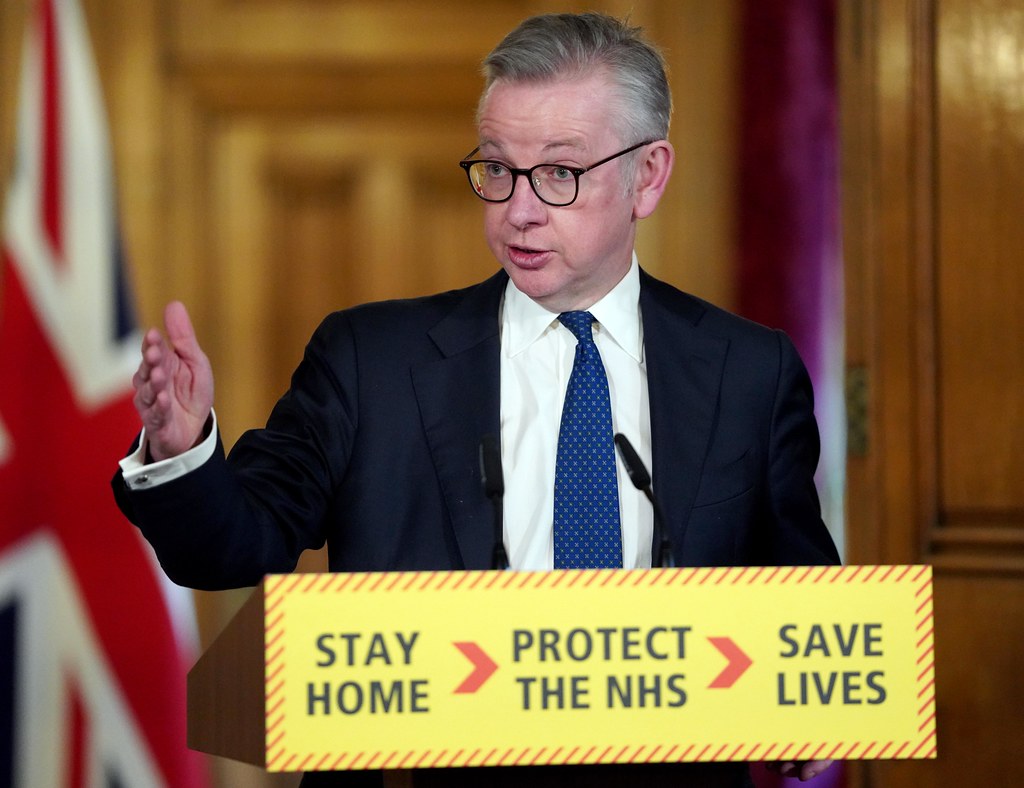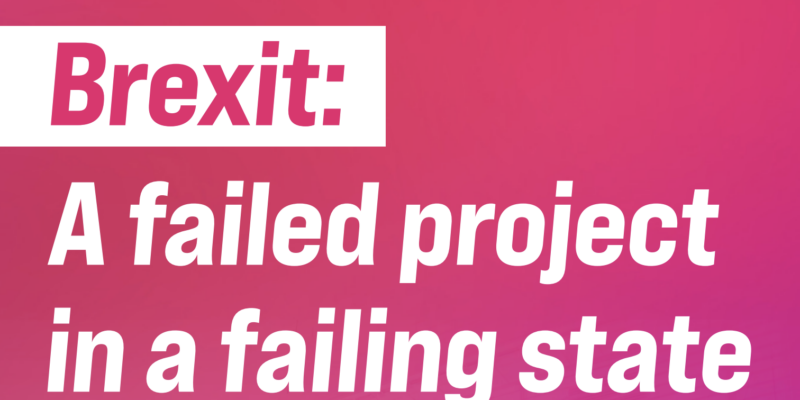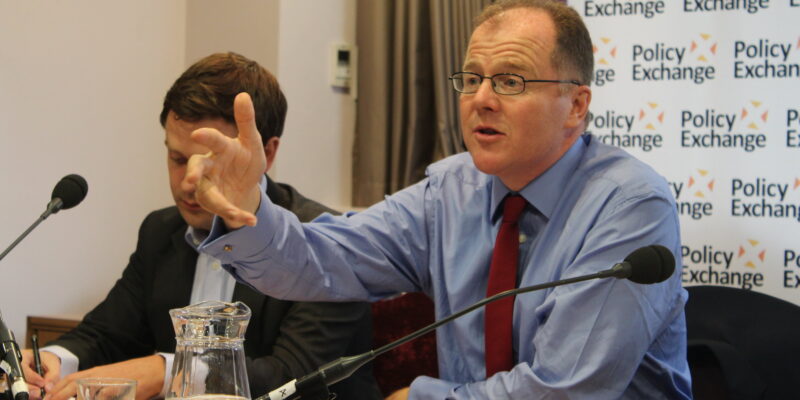Four reasons we should talk about the UK government’s ‘levelling down agenda’
Far from ‘levelling up’ the Conservative policy agenda is worsening regional inequalities.

In the 2019 General Election, the Conservatives made sweeping gains in Brexit voting, traditionally Labour parts of the country. They promised to ‘level up’ the UK, addressing longstanding regional inequalities by making use of the powers returned from Brussels.
Critics have assumed that this ‘levelling up agenda’ will not deliver on its promises. But this line of attack may prove too modest. Here are four examples of ‘levelling down’ in action.
1. Universal Credit cut will hit poorer regions the hardest
Social security payments have been subject to long-term vilification and cuts. This made the £20 increase at the start of the COVID-19 crisis a notable and welcome exception. It lifted the incomes of 5.5 million of the poorest, working age families and went well beyond anything either the Conservative or Labour parties had promised in the 2019 general election.
Its removal last October represented the biggest overnight cut to benefits in the history of the welfare state. The impact of this geographically was very uneven. Prosperous parts of the country, with fewer benefit claimants, were naturally much less affected.
The Conservative seat gains from Labour, which had been promised more resources through the ‘levelling up’ agenda, are among some of the most seriously impacted areas. Analysis of the last election showed that the Conservative electoral coalition had stark regional differences, uniting very prosperous and deprived areas.
The median rank of Conservative 2017 and 2019 gains in the deprivation index (when 1 is the most deprived and 533 the least) was 133 – compared to 375 for their consistently held seats. While Labour held seats still tend to have more deprivation, many Conservatives MPs today represent seats where very large numbers of people will be thrown into poverty by the cut. The Joseph Rowntree Foundation analysis found that of the 140 constituencies where 1 in 4 families will be impacted, some 26 per cent (36 seats) of these were Conservative held.
Similar points were made to the Conservative government by their own supporters. The think tank, Bright Blue, pointed out that there were 114 Conservative seats where the number of people impacted locally by the Universal Credit cut was greater than their MP’s majority.
The cut in benefits means there will be more people in deeper poverty with less money to spend in their local economy. So, it will inevitably have a knock-on effect, worsening regional economic inequalities.
2. A £1b shortfall in EU funding
It was also recently disclosed that the government’s new programme replacing EU regional development aid, the Shared Prosperity Fund, has a total value that makes up just 60 per cent of the old EU money. By 2024 – 2025 the new fund should be worth £1.5 billion a year – a stunning £1 billion less than the £2.5 billion that the UK previously received annually for regional aid from the EU.
3. Cost of living crisis and the ‘red wall’
To make matters worse, the UK is now facing a serious cost of living crisis. Inflation is outpacing wage rises and energy bills are set to soar in 2022. The Resolution Foundation has described this as an impending ‘catastrophe’ for people on low incomes. They calculate that, if the average energy bill rises to £2000 per year, this will mean ‘the poorest third of households spending at least 10 per cent of family budgets on energy bills alone’. On top of this, the government is also persisting with increasing national insurance – a regressive way to raise vitally needed funds for the NHS, as those on higher incomes will pay a lower rate.
While the cost of living crisis will be felt across the country, it will hit areas with high deprivation and low wages particularly hard. In Conservative gains in the 2017 and 2019 (i.e., the former ‘red wall’ seats), the median weekly wage is £520. This compares to £600 in consistently held Conservative seats and is actually lower, on average, than Labour seats. In short, these are seats where the crisis will be acutely felt.
4. The Brexit effect on UK manufacturing
It has long been predicted that Brexit will make regional inequality worse. This is, in part, due to the distribution of the UK’s manufacturing industry (the big loser from increasing barriers to UK trade with the EU), which tends to concentrate in poorer regions.
Onward, the centre-right think tank, have noted that manufacturing represents a bigger share of employment, and much bigger share of productivity growth, in poorer areas. This exposes these places to Brexit, as the 15 per cent fall we have seen in exports to the EU will disproportionately impact them compared to other areas.
As Philip McCann and Raquel Ortega Argiles, writing for UK in a Changing Europe in November 2020 put it, the ‘competitiveness of UK industries such as automotive, and manufacturing sectors such as rubber, plastics, metals, are very vulnerable to Brexit, whereas sectors such as retail, insurance face only relatively limited competitiveness effects.’ Areas where the adversely hit sectors are well represented can therefore expect to be negatively impacted.
***
The scale of these problems is a reminder that regional inequality and individual inequality have to be tackled together. There is no straight forward category of the ‘left behind’ voter or place. Inner city areas with very high deprivation – for example, London has the highest child poverty rate of the UK – tended to vote to Remain in the EU.
Tackling injustice in these ‘high growth, but high inequality’ places is just as important as addressing problems in ‘low growth’ areas. And, as the cut to Universal Credit shows very clearly, policies to fight regional inequality will fail when the government takes steps that actively worsen individual inequality at the same time.
The ‘levelling up agenda’ looks increasingly caught up in its own contradictions.
January 30, 2022
Brexit Spotlight is run by Another Europe Is Possible. You can support this work by joining us today. The website is a resource to encourage debate and discussion. Published opinions do not necessarily represent those of Another Europe.





